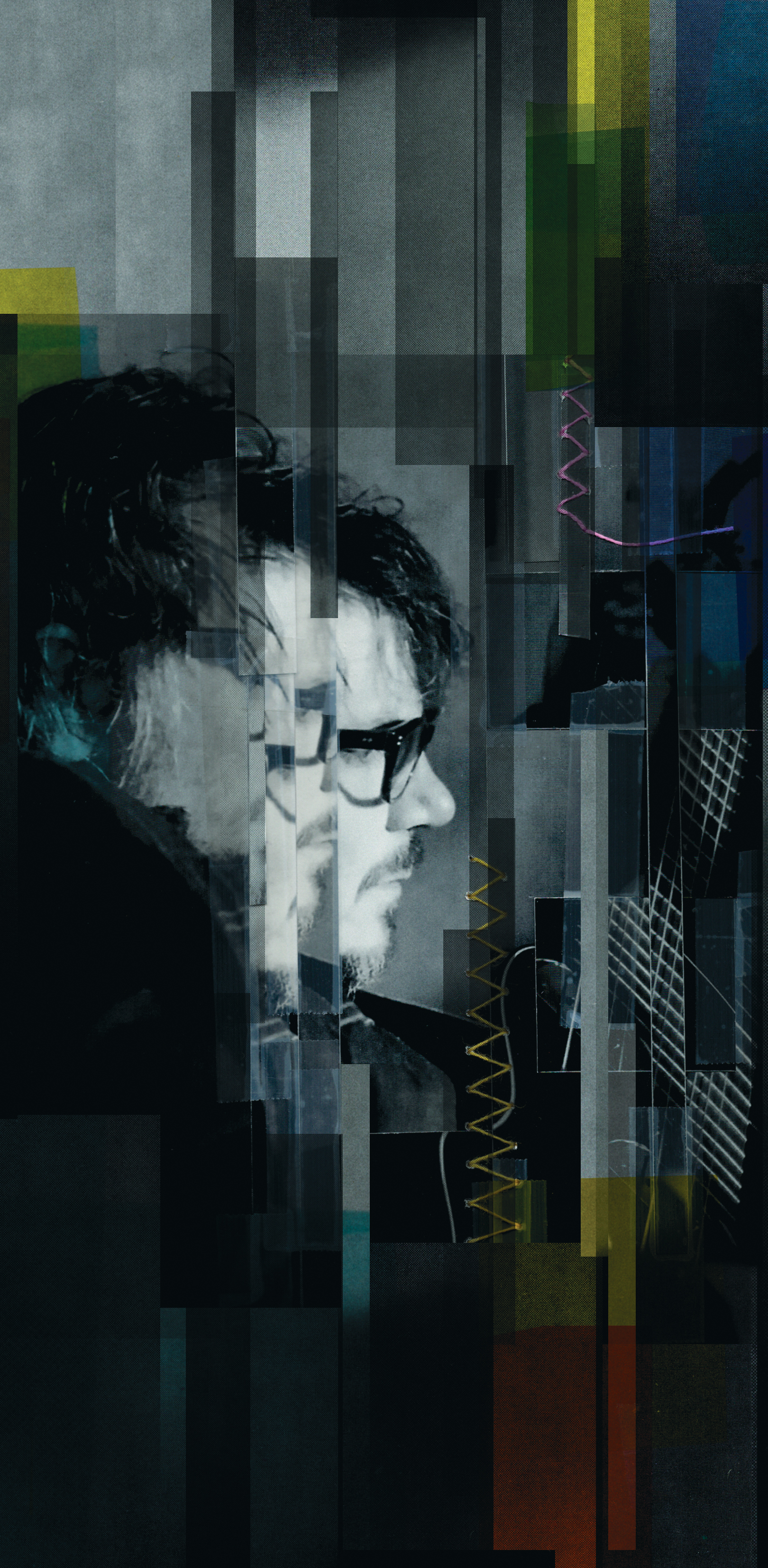Admittedly, I'd began this review with a bit of frustration by hooking up the MADI optical outputs of my interface to the MADI optical inputs of the Ferrofish A32, routed 16 channels of audio and... only two channels came through... What gives? After a bit of head scratching, I figured out that the 32-channel limit of my native Pro Tools software was the culprit. I was well aware of this limit, but because I rarely work with I/O channel counts higher than 32, and because Pro Tools allowed me to route to all of the available I/O, I thought that I would be able to at least choose which 32 channels I could use; not so. I was stuck with the first 32 inputs and the first 32 outputs available. I couldn't even trick the system by deleting I/O paths. The more you know...
Ferrofish's A32 has 32 channels of analog I/O, 64 channels of MADI I/O, and 32 Channels of ADAT I/O; all packed in to a single rack space unit. The analog I/O is all DB-25, both coaxial and optical are provided for the MADI I/O, and a single headphone output allows you to monitor any channel or combination of channels. All in all, 128 different inputs and 130 different outputs. The unit operates at all sample rates (32 kHz to 192 kHz), although the ADAT and MADI channel count is cut in half at double samples rates. At quad sample rates the MADI I/O is reduced to 16, and the ADAT is reduced to a single stereo S/PDIF. A version of the A32 with an additional 64 channels of Dante I/O is available as well.
There are four small high resolution color TFT screens on the face of the unit that default to displaying sleek looking bar graph meters for the analog I/O, a jog wheel for changing settings, a single headphone output, and just two buttons: one for menu functionality and one for power. Simple but not limiting in the least. I found the menus and setting parameters to be intuitively laid out. There are also seven separate user defined mixes that can be saved and recalled for monitoring specific groups of channels via the headphone output. Each of the screens display meters for 16 channels (unless the menu is open), which takes over the third and fourth screens and packs the 32 analog ins onto the first screen, then the 32 analog outs onto the second. This sounds like cramming a lot into a small space, but I'd much rather have the screens a bit packed than not be able to see all the analog I/O when using the menu, especially in live recording situations. As of this review, Ferrorish's RemoteApp, designed to control the A32 via computer, Android, or iOS device was still in beta, and I did not test it.
The A32 feels well-built, with a bevy of well thought out features that convince me it was designed with live recording (which I do a lot of) in mind. For instance, when the unit is on you have to hold down the power button for three seconds as it counts down to turn off, making it nearly impossible to power off the unit inadvertently. And although power is provided by a line-lump power supply, there are two screw-locking coaxial DC connectors, meaning a redundant power supply can be connected. Thirdly, the unit can be configured to treat either the optical or coaxial MADI connection as the primary connection and switch to the other automatically if signal is lost. And as if that weren't enough, the A32 makes sharing signals a breeze by allowing you to route the same inputs to multiple outputs, thus essentially using the A32 as a splitter.
So how does the unit sound? After loading up a session in an alternate DAW, I was able to feed the unit an optical MADI signal for testing. To my ears the unit has a slight midrange focus, without overcrowding that vital frequency range, while revealing detail in whatever source material passes through it. The signal to noise ratio of this unit, quoted at 114 dB, falls a bit short of current state of the art converters – perhaps the sacrifice we must make for the A32's small footprint and high channel count, but this isn't a deal breaker for me by any means, especially with its round trip latency (at base sample rates being an impressive .5 ms)! I'm particularly fond of units like the A32 that offer a wide range of I/O options with ridiculously high channel counts, and I can attest that the Ferrofish certainly earns its keep as a high-quality mobile recording interface.




_disp_horizontal_bw.jpg)